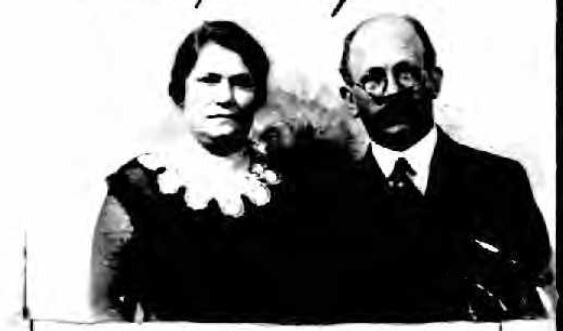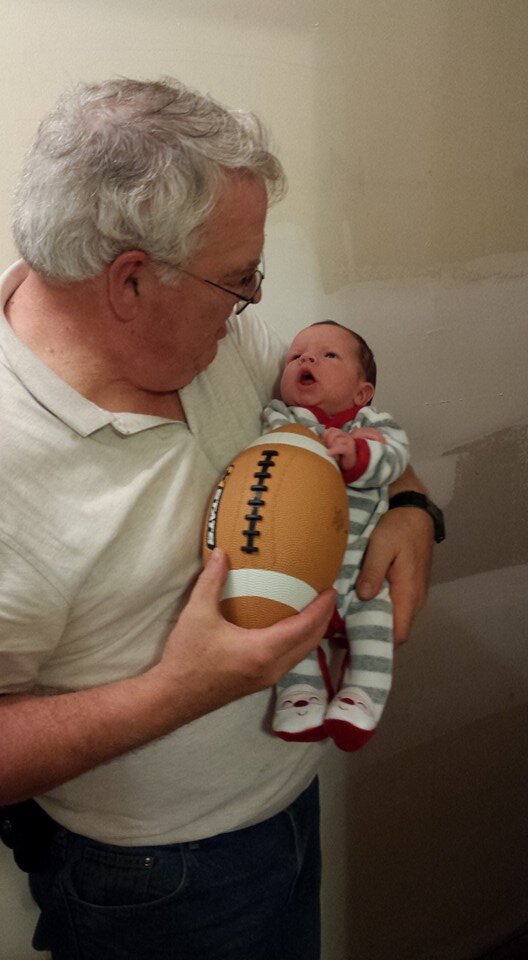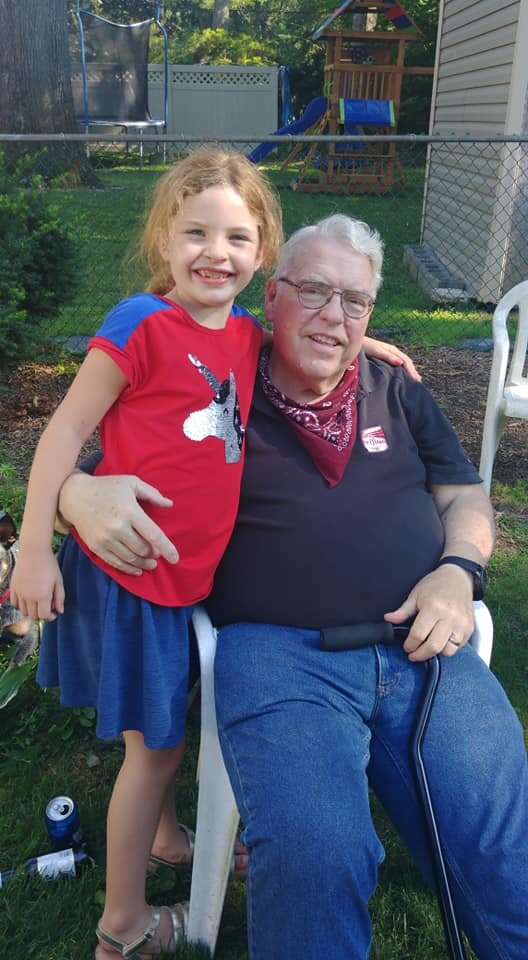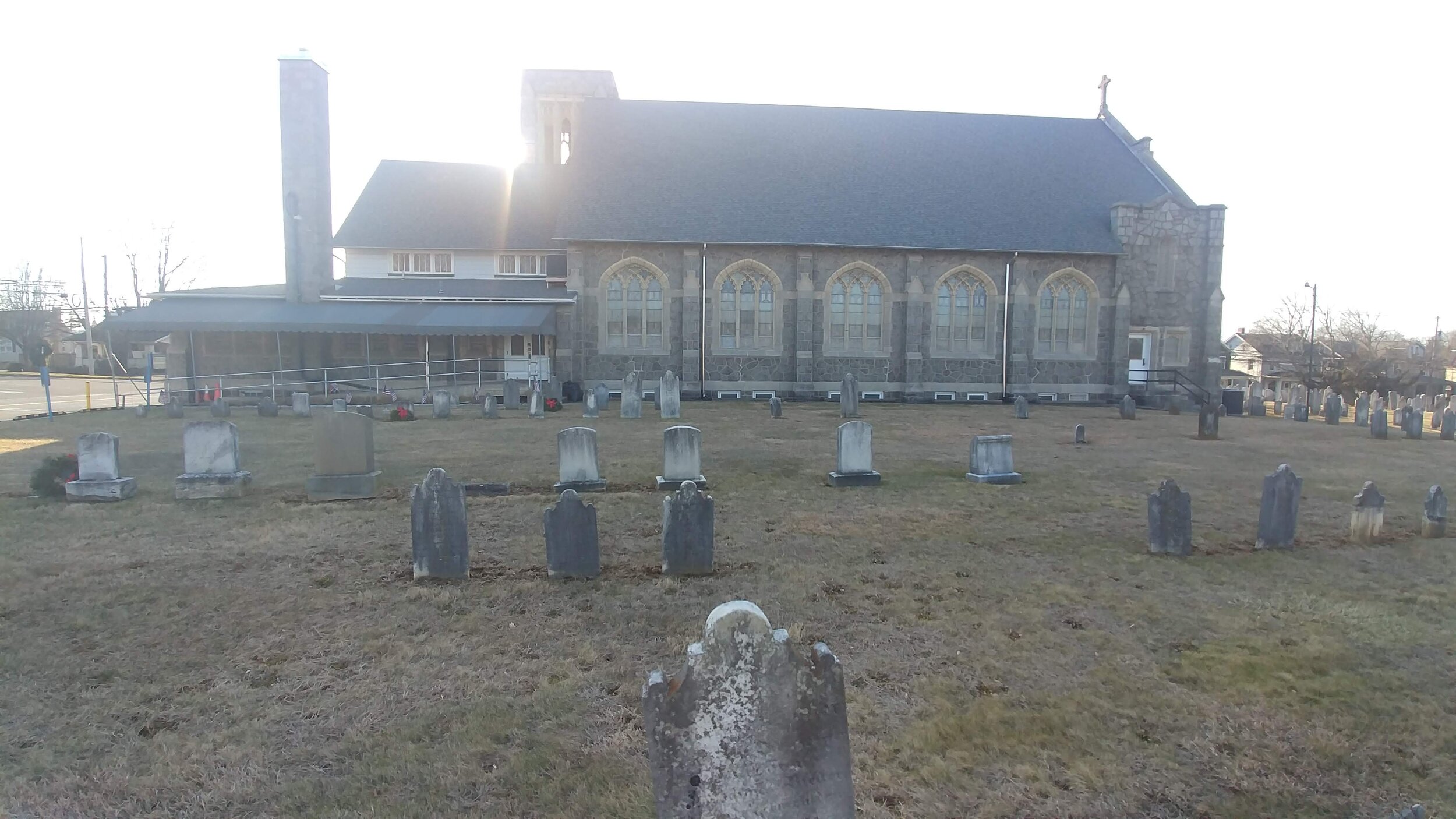This is a transcription of a recorded podcast. If you want to hear the podcast, just click Play on the player above.
I was telling him about all this great info that Mary had found regarding my family tree, and he was so excited to hear this information, he started telling me these stories. When we got home, he didn't want to go to bed, even though it was late at night. We ended up just opening up a bottle of whiskey and talked until about, gosh was, like, 2-3 in the morning.
Hello, and welcome to the Heritage Guru podcast. Helping you discover your family's history. Hello and welcome. This is Sam. I'm the host up, Mary, my wife is the genealogist in this family. She actually got me into genealogy. I had no clue about genealogy, well, very little clue about genealogy before we met. Before that, I had done a little bit of genealogy, family history research, back in 1995. Somewhere about there, I lived in New York. I went to the archives in New York City on Varick Street, I think it was, and before that, I went to Ellis Island. For some reason, I thought there were records there, but there weren't. When I got there, one of the guards, or the security people there said, Oh, no, they're not here. They're they're kept in downtown Manhattan. So you know, I made another trip. Another day or, might have been several months later. I don't remember exactly, but I went there and I tried to find some info. I didn't have much luck, and then I just kind of left it at that. But it is interesting when I hear Mary talk about genealogy, I got into it. So let's jump right in.
Number one. You copy someone else's work. In other words, you have no documentation. You may have some erroneous info from this example from the Internet, so ancestry dot com is a great resource. They tout these green leaves that if you get a hit on someone that's in your family tree, but that's not always accurate unless you have that documentation. It's not a guarantee that that is a person in your family tree Number two. You don't want to trust the transcription. I mentioned this in the other episode, but you want to trust the actual document. Someone copied the info from the original document that they may have written something down that they didn't actually think was important or there may have misspelled something or maybe had bad handwriting. So that's why you need the actual document and don't trust the transcription. Number three. You keep discoveries to yourself so we trace our trees for our families, but you don't share the information with your siblings or aunts or mom or dad or even our kids. So how are they gonna know about their family if you don't share that information? And the other thing also, that can be a good bonding experience. So, for example, last year my dad came to visit. He lives out of out of the country. He lives abroad. And he came to visit last April and I picked him up from the airport. It was late at night. It would have been about by the time we got home. Must have been about 12 12 30 I don't know. And then we ended up just ah, you know, on the way back to the house from the airport, we were I was telling him about all this great info that Mary and fan regarding my family tree, and he was so excited to hear that this information he started telling me these stories that when we got home, he didn't want to go to bed. Even though it's late at night, we ended up just opening up a bottle of whiskey and talk until about, Ah, gosh was, like 2-3 in the morning and then But it was such a was a nice bonding experience and got to hear all these stories and I wrote them down and I still have them. And, um so, yeah, you know, it could be a nice bonding experience when I get information. Like to share it with my Aunt Hilda and my cousin Judy there, the genealogists in my family I mean, they're not did not genealogists per se, but they like to research our family history. So it's a nice It's a nice little thing. It gives you an excuse to call your family number four. You get discouraged. Genealogy is hard. You know, I don't blame people for wanting to quit their to call it quits, but a lot of times records aren't available. Handwriting can be tough to read. You hit a brick wall. Oftentimes, government agencies take forever to send a birth certificate, for example, you know, sometimes some some walls may not be may not be able to surmount them. Some information. Family treat may not be solved, but it takes patience, and it takes time. So keep searching, you'll find. Hopefully you'll find something great, Grandma Harriet’s history. Number five. You only use ancestry dot com now ancestry dot com can be a great resource for finding information about your family. History makes family history more accessible, but it's not the end all be all there. Still, tons of records and documents that still haven't been are archived. Take a walk in a cemetery or a library, go to conferences and pow-wow with other people who do family research, family history research, for instance. We're going to the New York State Family History Conference, and that's in September. So we're looking forward to that, and we'll get the hob nob with other folks that into, ah, genealogy and researching family trees. And also these these shows about genealogy like Who do you think you are? They'll have ah, guest on, for example, like Matthew Broderick and I love that show by the way. Who doesn't love Matthew Broderick? Such an adorable guy. But ah, such a likable guy, the genealogists. You know, they go to different, Ah, different countries and look at archives and churches and the look at old newspapers and government agencies across across the seas. So you know, it's it's you can't just rely on ancestry dot com Number six. You forget your history. You have to put our families into context. So put an ancestor into a time and place what was going on exactly. So it helps you understand things like wine answers. White ancestor had an occupation, so I had an ancestor that was a Sicilian and he was a fisherman. And why was he a fisherman? Because he lived on an island. Yeah, So putting yourself in a time and place can give you information as to why a family migrated or why they were certain religion, or whether some, whether or not someone served in the military and why Mother had three kids and they died in only two years. So, for example, like the Spanish influenza in the 1917 to 1919 people's lives were cut short. Families were mowed down by by this terrible, terrible pandemic. So again, putting yourself in a certain time certain epoch can give you a lot of information as to why Answer stir certain answers has made decisions. And number seven you think you're finished. Family history research, my friend, is never done. There may be lows, but you'll uncover people in places that you never dreamed of. You might find a cousin or an aunt or I'm sorry. Say Aunt. Like Long Island, I'm originally from Long Island, New York. So we say and I don't know why, but the other people I know across the country, they say, Aunt So, uh, you know, you you'll find stories that you may be never could have imagined. Um, and it gives, Like I mentioned before, it gives you an excuse to call relatives and let them know, Um, what you found the information you found. You can bond and it opens up avenues And, ah, you know, you get a wonder sense of wonder when you discover things about yourself and about your family history and it opens branches. You're not sure where to find this info. If you need help, you can always contact Mary to the website Heritage and vino dot com or heritage guru dot com. And just contact us through the contact form on, and that's about it. If you have any questions or or anything, just let us know any comments, Please share. Please common and please subscribe. Thanks so much, and I hope to see you soon.




































